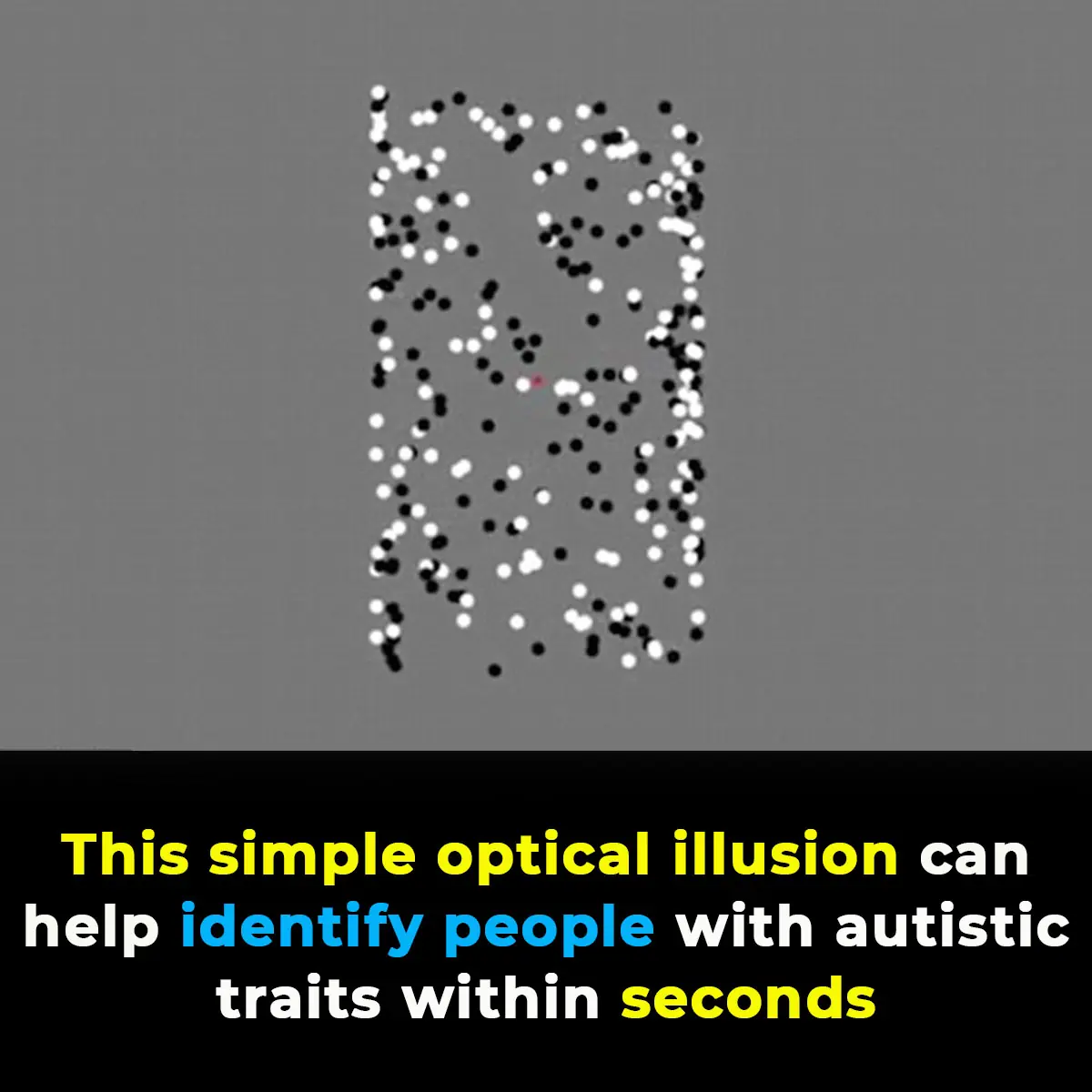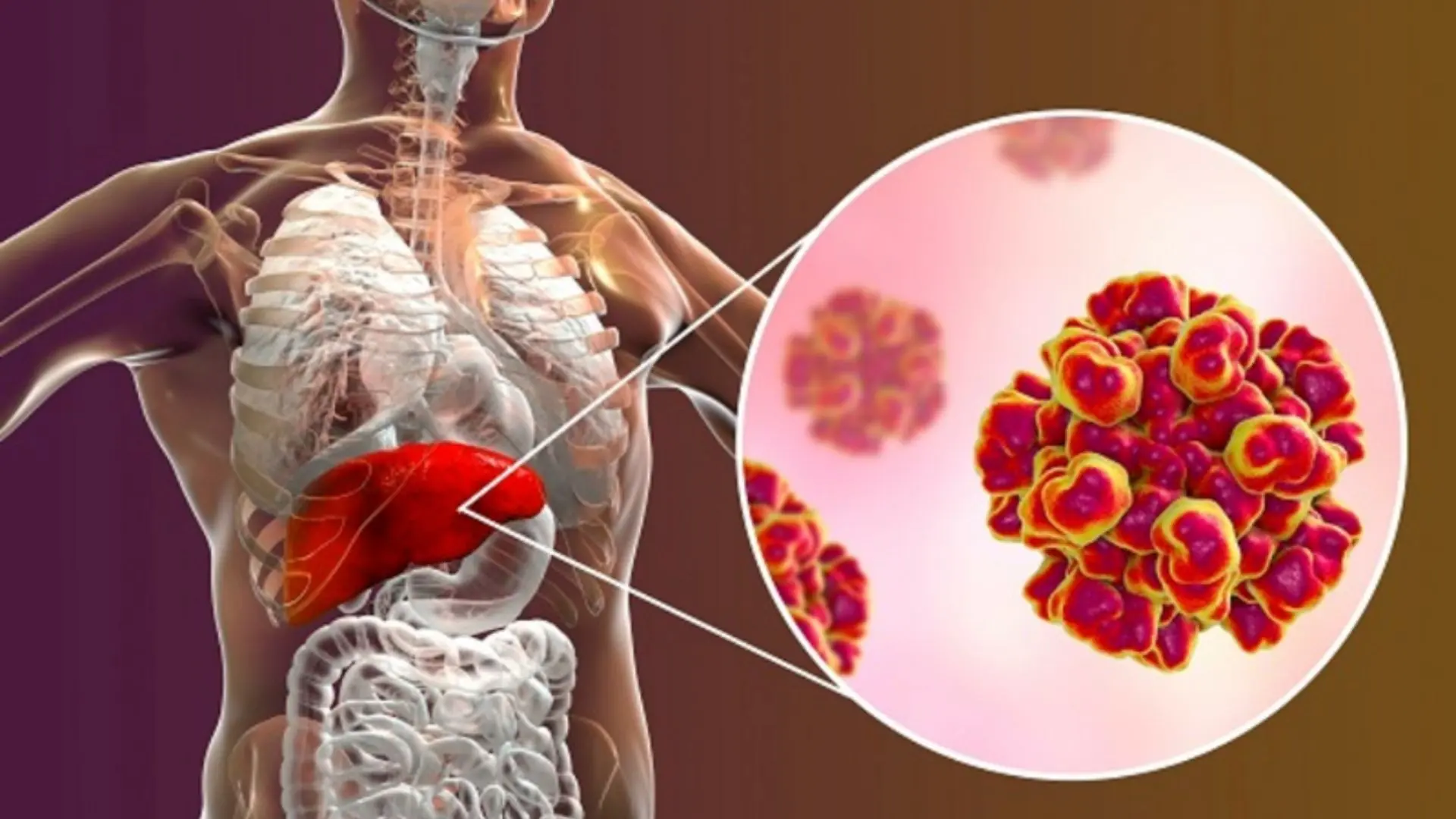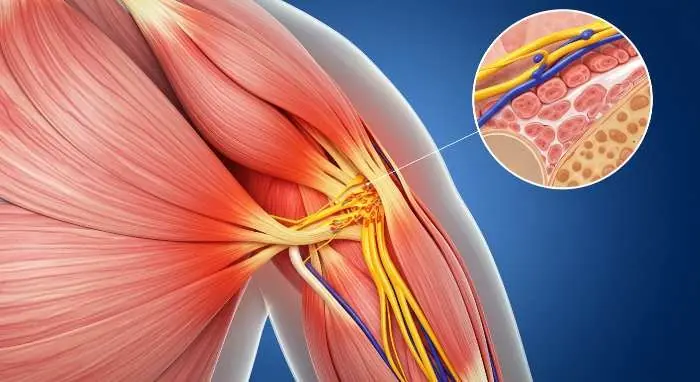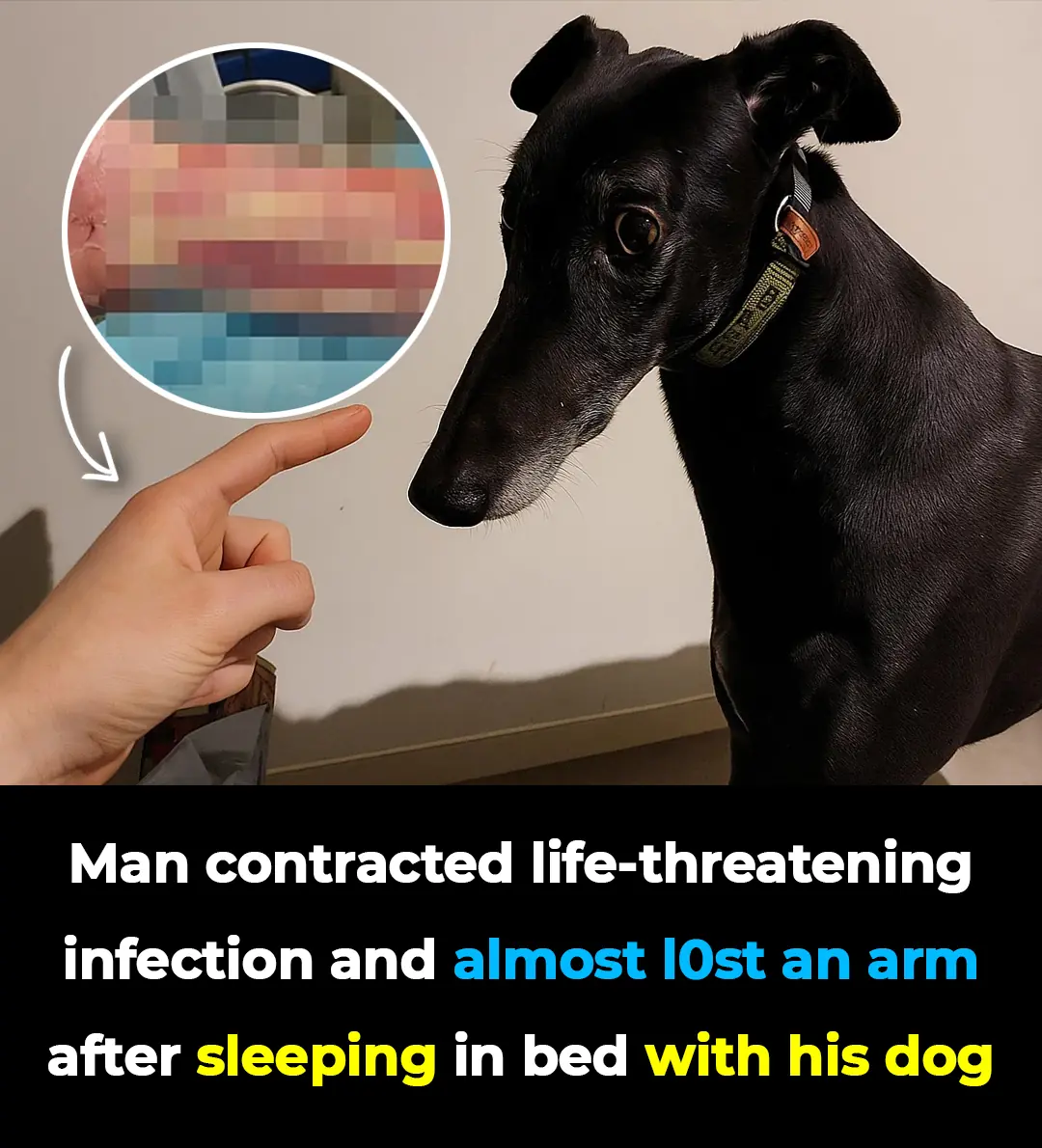
This optical illusion may help identify autistic traits in seconds

In recent years, researchers have been delving into various methods to improve the understanding and detection of Autism Spectrum Disorder (ASD). One innovative approach involves a new optical illusion that could offer valuable insights into the cognitive differences linked to ASD. By studying how individuals perceive the movement of black and white dots, scientists aim to explore the detail-oriented thinking often associated with those on the autism spectrum.
Understanding Autism Spectrum Disorder (ASD)
ASD is a neurodevelopmental condition characterized by challenges in social communication and interaction, along with repetitive behaviors, interests, or activities. Common symptoms include difficulty with social interactions, a preference for restricted interests, repetitive actions, sensory sensitivities, and challenges with communication and language.
The signs of ASD typically manifest during the first two years of life, although some individuals may not be diagnosed until later. According to the Centers for Disease Control and Prevention (CDC), approximately 1 in 36 children in the U.S. were diagnosed with ASD in 2020. While many traits are associated with autism, exhibiting some of them doesn’t necessarily indicate the presence of the disorder. Recognizing these traits early can help lead to earlier diagnoses, which in turn can improve treatment outcomes.
The Role of Attention to Detail
A key characteristic in individuals with ASD is their heightened attention to detail, often focusing on specific elements rather than grasping the overall context. This cognitive style is commonly associated with a preference for routine, specialized interests, and heightened sensory awareness. Understanding this aspect in more depth can provide valuable insights into the mechanisms underlying ASD.
The Optical Illusion and Its Insights
The optical illusion being studied involves black and white dots, which can either be perceived as two separate sheets moving in different directions or as a column that appears to spin. This visual test helps researchers observe variations in how individuals with and without ASD process information.
If you see the dots as two sheets moving independently, it indicates a focus on individual shades, viewing each part as distinct elements—this is a detail-oriented perspective. On the other hand, if you interpret the illusion as a spinning column, you are seeing the larger picture, recognizing the illusion as a single system. In this case, one shade (typically white) appears to move across the column’s surface, flipping at the edge and changing to the other shade (black) on the inner side. People with ASD-related traits are more likely to focus on the separate sheets, but it’s important to note that simply seeing it this way does not automatically indicate ASD.
The Study
Researchers conducted a study with 50 adults who had no ASD diagnosis. Rather than asking the participants what they saw, the researchers monitored their eye movements. If they were focused on the two layers as separate details, their pupils would flicker as they adjusted to the two different shades of light. The participants were then asked to fill out a questionnaire designed to assess other autism-related traits.
Findings and Their Significance
As anticipated, the group that tended to focus more on the details, seeing the illusion as two separate sheets, also scored higher on other autism-related traits. However, it’s important to emphasize that this is not a diagnostic tool, and diagnosing participants was not the objective of the research. The primary aim was to understand how a brain affected by ASD processes visual information and to correlate this with other indicators to potentially help predict ASD.
These findings suggest that the detail-oriented nature of individuals with ASD extends to how they process visual information. The optical illusion offers a unique glimpse into the cognitive differences associated with ASD. This research could eventually contribute to the development of new diagnostic tools and interventions.
Conclusion
The use of optical illusions to explore visual perception has provided a compelling look at the cognitive processes linked to Autism Spectrum Disorder. By shedding light on the attention to detail trait, researchers are moving closer to understanding the complexities of the disorder. Continued investigation in this field could lead to improved diagnostic methods and more targeted interventions, ultimately benefiting those on the autism spectrum.
News in the same category


8 Foods High in Inulin to Eat for Better Gut Health

Proven Health Benefits and Uses of Thyme and Thyme Tea

Proven Health Benefits of Walnuts, How Many to Eat, and More (Science Based)

How Can Europe Reduce Heat Deaths Amid Rising Temperatures?

SARS-CoV-2 Infection Tied to Early Vascular Aging

These Foods Cause Insomnia

How To Get Rid of Phlegm And Mucus

Most people eat these 7 meats daily — here’s why you shouldn’t

1 herb being called a miracle for liver, blood sugar, and blood pressure

Dr. Nick Norwitz Eats Over 700 Eggs in a Month to See What Happens

Elon Musk unveils new AI project that could recreate Microsoft’s entire business operations

Do Not Ignore These 10 Warning Signs That Your Kidneys May Be In Danger

If Your Body Suddenly Jerks While Falling Asleep, This Is What It Means

If You Eat Eggs Every Day

Vegetables To Clean Your Arteries And Prevent Heart Attack

Pain in This Part of the Body Could Indicate Cancer Cells are 'Awakening' – Both Men and Women Shouldn't Ignore It

10 Unconventional Signs of Liver Damage You Must Know About

14 Early Warning Signs You're Dangerously Low on Magnesium

How To Get Rid Of Phlegm and Mucus In Chest and Throat
News Post

Dubai Princess Who Divorced Husband on Instagram Now Engaged to Rapper French Montana
In a twist that has stunned royal watchers and the entertainment world alike, Dubai’s Princess Sheikha Mahra—who publicly divorced her husband via Instagram—has reportedly become engaged to Moroccan-American rapper French Montana. The news comes jus

Military sleep method is 96% successful and will send you to sleep in two minutes
Struggling to sleep? A viral “military sleep method” promises to send you into slumber in just two minutes. With a 96% success rate, it’s being hailed as a game-changer for insomniacs and restless minds alike.

Exactly what happens to your body if you contract chikungunya virus as China enforces 'forceful pandemic measures
Just as the world is still grappling with the lingering effects of COVID-19, a new viral threat has emerged. China is now battling a fast-growing chikungunya outbreak, enforcing strict pandemic-style measures to contain the mosquito-borne disease.

Man contracted life-threatening infection and almost lost an arm after sleeping in bed with his dog
What started as a harmless night sharing a bed with his pet turned into a nightmare. An Australian man contracted a rare, life-threatening bacterial infection after his dog accidentally bit him in his sleep, leaving him close to death and with lasting hea

Google issues warning to billions of Gmail users amid dangerous new scam
Billions of Gmail users are being warned of a dangerous new wave of cyberattacks. Google has confirmed that a notorious hacker group is actively exploiting a massive data breach to infiltrate accounts and extort victims.

Billionaire shares plan for $20 million sub voyage to Titanic site to prove industry is safer after OceanGate disaster
One year after the Titan sub disaster claimed five lives, a billionaire is betting $20 million on a daring new voyage to the Titanic wreck. His mission: prove to the world that deep-sea exploration can be safe.

Masterful Painting Of Jesus By 8-Year-Old—Says She Saw The True Face Of Jesus
At just eight years old, Akiane Kramarik stunned the world by painting what she believed was the true face of Jesus. After being lost, hidden, and nearly forgotten for 16 years, her masterpiece “Prince of Peace” has finally returned to the light—alo

Urgent warning issued to travelers as China takes ‘covid measures’ after reporting 7,000 cases of Chikungunya virus
Following guidance from the World Health Organization, China is focusing on mosquito control as the most effective method to prevent further spread.

US man accidentally buys entire street for $5,000 after thinking he was purchasing vacant lot
An Ohio man thought he had struck a bargain at a county auction. But his dream investment quickly spiraled into a nightmare when he discovered he now owned an entire street by mistake.

Can I Get My Metabolism Back After Stopping Lexapro and Prozac?

8 Foods High in Inulin to Eat for Better Gut Health

Proven Health Benefits and Uses of Thyme and Thyme Tea

Proven Health Benefits of Walnuts, How Many to Eat, and More (Science Based)

Prophet Who Predicted Covid-19 And Queen’s Death Foresees Chilling Future
A man dubbed the “Living Nostradamus” claims humanity is on the brink of catastrophic upheaval, from cyber warfare and collapsing financial systems to climate chaos. His chilling visions, which he says predicted Covid-19, the Queen’s passing, and ev

Elon Musk warns country with population of 124,000,000 will lose nearly a million people this year
Elon Musk has sounded yet another alarm on the global demographic crisis, warning that one of the world’s largest nations is on track to lose almost a million people in a single year. The billionaire insists the consequences of shrinking populations cou

Southwest Airlines causes outrage at new plus-size policy that will 'literally stop people from flying'
Southwest Airlines, once praised for being customer-friendly, is now facing intense backlash after rolling out a controversial new policy for plus-size travelers. Critics say the rules could price many people out of flying altogether.

Scientists discover two miracles by Jesus 'actually happened' in breakthrough revelation
For centuries, skeptics dismissed the miracles of Jesus as symbolic or exaggerated stories. Now, a groundbreaking scientific study suggests that at least two of his most famous acts may have been rooted in real natural phenomena.

OnlyFans model shows insane yearly earnings as she reveals she made more than LeBron James
At just 20 years old, Sophie Rain says she has earned a jaw-dropping fortune that rivals NBA legend LeBron James. Now, she’s opening up about her wealth, fears, and the surprising way she’s kept her content “PG.”

Machine Gun Kelly Shocks Fans With Claim He Might Be Part Alien After Mom’s “Abduction” Confession
The rapper-turned-rockstar left viewers stunned after suggesting he may not be entirely human. According to MGK, his quick-healing body, missing life details, and his mother’s shocking “alien ab:duction” story have him questioning his true origins.

Travis Kelce’s Dad Spills Exact Details of His Proposal to Taylor Swift—and Fans Can’t Handle It
Taylor Swift and Travis Kelce just broke the internet with their engagement news. Now, Travis’s dad is adding fuel to the frenzy by revealing when and how the Kansas City Chiefs star actually popped the question—and Swifties are in total meltdown.